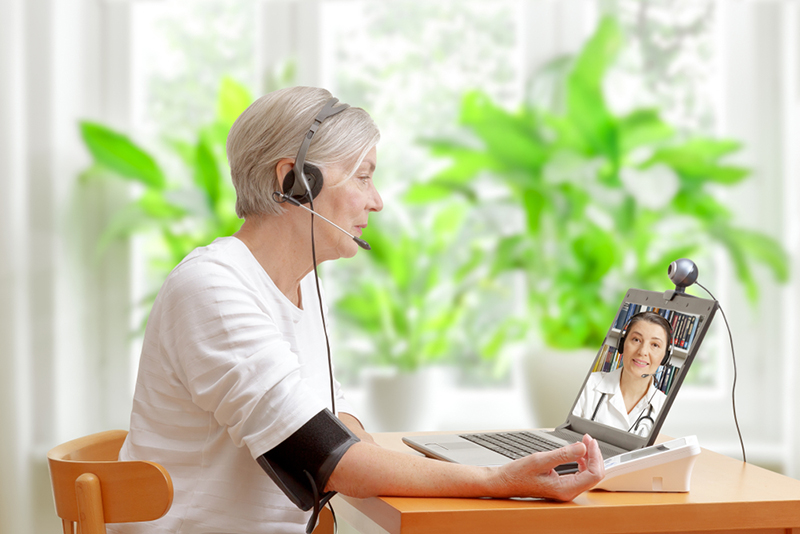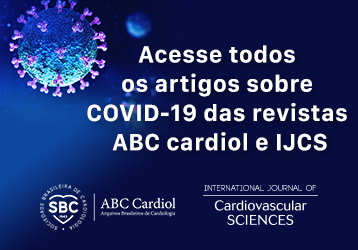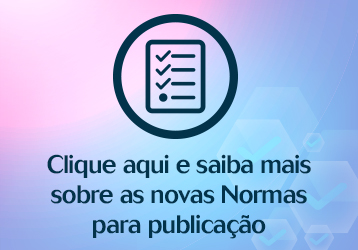Volume 32, Nº 2, Março e Abril 2019
DOI: http://www.dx.doi.org/10.5935/2359-4802.20180099
ARTIGO ORIGINAL
Telecardiology on the Diagnostic Support of Chest Pain in Twenty-Two Emergency Care Units (UPA 24h) in The State of Rio de Janeiro
Simone Farah
Bruno Rustum Andréa
Rogério Casemiro da Silva
Alexandra Monteiro

Abstract
Background: Telecardiology may be a useful support in diagnosis and management of chest pain.
Objective: Evaluate the application of telecardiology to support the differential diagnosis of chest pain in patients admitted to Emergency Care Units.
Method: Observational, retrospective and documental study of 5,816 patients admitted with supposedly cardiological chest pain in twenty two Emergency Care Units in the state of Rio de Janeiro. Data were tabulated and analyzed by Excel® software, using simple descriptive statistics, from the database of the Cardiology Consultancy Nucleus.
Results: Diagnostic disagreement was found in 1,593 (27.39%) cases. Of these, 1,477 (92.72%) were diagnosed locally as non-ST-elevation myocardial infarction (non-STEMI), 74 (4.64%) as acute myocardial infarction with ST-segment elevation (STEMI), 40 (2.52%) as acute pulmonary edema (APE) and 2 (0.12%) as tachyarrhythmia. Intensive care referral was requested to 100% of these patients. After telecardiology, the diagnoses were: 385 (24.17%) unstable angina, 289 (18.14%) congestive heart failure, 212 (13.31%) APE, 174 (10.92%) STEMI, 152 (9.54%) hypertensive emergency, 113 (7.09%) acute chronic renal failure, 89 (5.59%) non-STEMI, 89 (5.59%) pneumonia, 39 (2.45%) sepsis, 26 (1.63 %) myopericarditis, 20 (1.26%) tachyarrhythmia and 5 (0.31%) orovalvar disease. The outcome after telecardiology was 1,178 discharges (73.94%), 338 (21.21%) referrals, 62 (3.90%) deaths and 15 (0.95%) unknown.
Conclusion: Telecardiology was effective in chest pain diagnosis and management, optimizing hospital admission in the public health system. (Int J Cardiovasc Sci. 2019;32(2)158-162)
Keywords: Telemedicine/methods; Chest Pain/diagnostic imaging; Emergency Medical Services; Electrocardiography/methods; Myocardial Infarction.











